The basic steps of Warrior I (Virabhadrasana I) pose
Warrior I pose 101
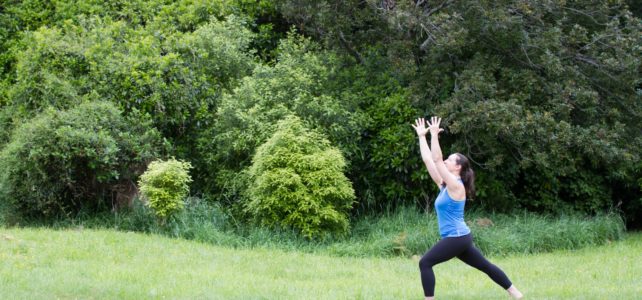

The basic steps of Warrior I (Virabhadrasana I) pose

These videos from Amber Karnes of Body Positive Yoga look at ways to avoid putting weight on your arms in sun salutations using a chair or blocks to adapt the movements.
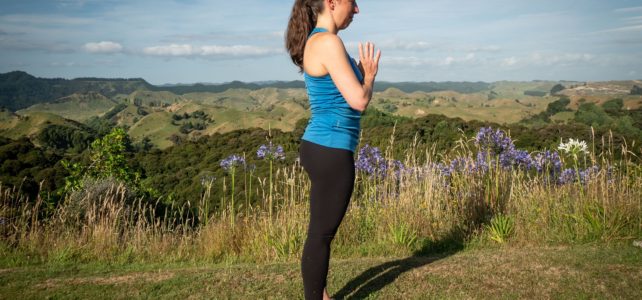
Sun salutations have many benefits making them a good option to do a little yoga at home. Not to mention the ability to adapt and create a sequence unique to your body and needs.
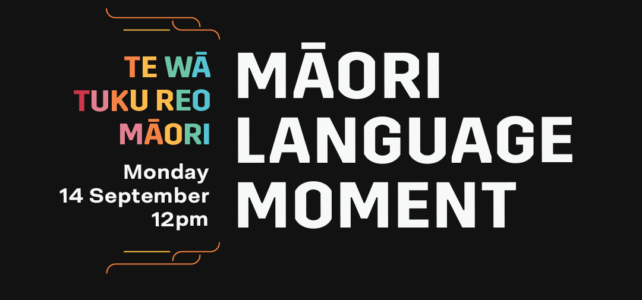
The beginnings of a list on where to find yoga sessions online and in-person in Te Reo Māori as well as a few videos, flashcards, and articles featuring yoga in te reo Māori.
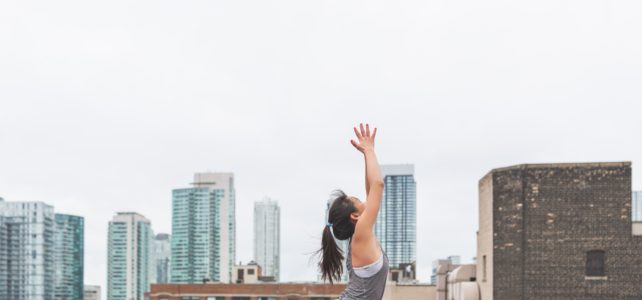
Pigeon pose often shows up in yoga classes. People tend to love it because it can create an intense stretch in the outside of your hip or buttock (often stretching muscles that are responsible for back pain like the piriformis). And some people also find a stretch in the front thigh of the other leg. So with all that stretching, what’s not to love about pigeon pose?
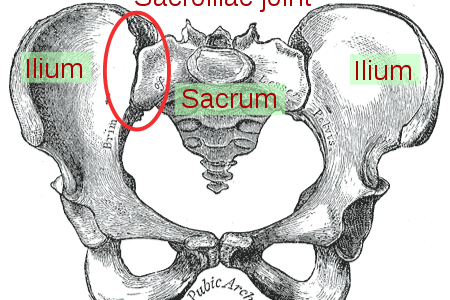
You have two sacroiliac joints (or SI joints) located at either side of the back of your pelvis. The SI joints provide stability for the pelvis and distribute forces between the hips and spine. It acts as a shock absorber and distributes weight to help you effectively walk.
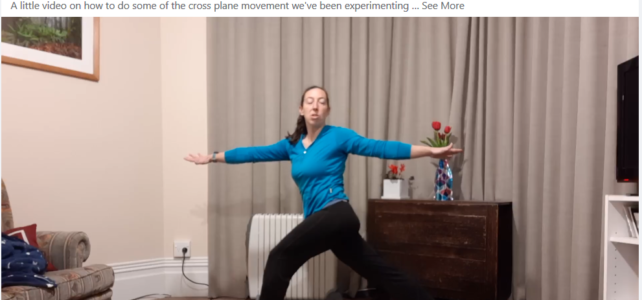
What is cross plane or cross body movement and why should you care? Cross body movement typically involves moving the opposite arm and leg across the sagittal plane and influence your ability to balance and much more.
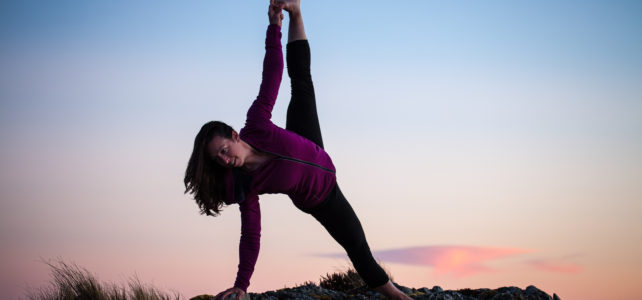
It might seem like a contradiction, that people who are very flexible also end up with very tight muscles that can cause pain and problems in their movement patterns, but unfortunately the two go hand in hand. In fact, many people don’t realise they have too much flexibility because they experience chronic tight and painful muscles. Read about what hypermobility is, how it affects your muscles and what you can do.
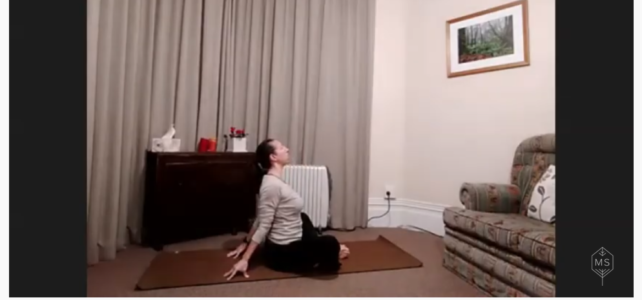
Cobbler’s pose or baddha konasana (sometimes called bound angle pose) can be a great stretch for the muscles in your inner thighs and groin (the adductor muscles). But if you have tight hips, it can be a difficult position to sit comfortably in – having tight hip muscles will affect how you sit and that will affect your spine. And if you can’t get comfortable to start with, you will likely find it hard to then relax the muscles of your inner thighs or groin to get the intended benefit.
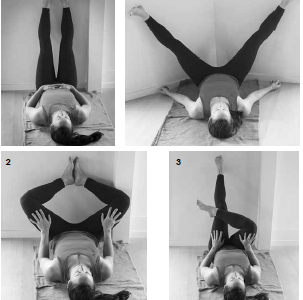
Legs up the wall (viparita karani) is often best known for the benefit of triggering the parasympathetic nervous system, sometimes called the rest and digest response. In these variations you can add a range of different stretches for the legs and hips, while also gaining the stress-relieving benefits of the pose.